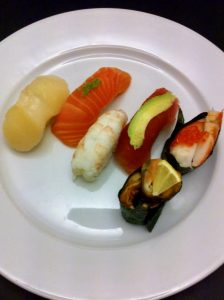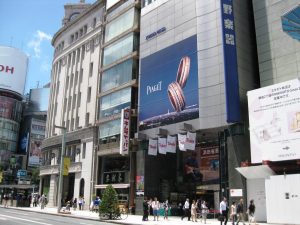
The Japanese people eat very often ramen soup. It is Japanese preferred fast food and it is eaten throughout the year. You can compare the Japanese ramen soup to grandma’s meatballs.
In big and small cities in Japan you will find noodle bars making their very own version of ramen soup. In some noodle bars the recipes have been passed down for generations.
The Japanese noodle bars are very small seen with European eyes. Some of them can only accommodate 15 guests. In Japan, it takes no more than 5 minutes to cook a bowl of smoking hot soup. For most Japanese eating a bowl of noodle soup takes no more than 10 minutes.
During one day a noodle bar can reach many guests.
Read more about the Noodle soup course for beginners
_
Zoë has held sushi courses and cooking classes for A. P. Moller – Maersk, Hugo Boss Nordic, Novo Nordisk, Novartis, Velux, Gorrissen Federspiel, Beierholm revision, Elbek & Vejrup and many more.








